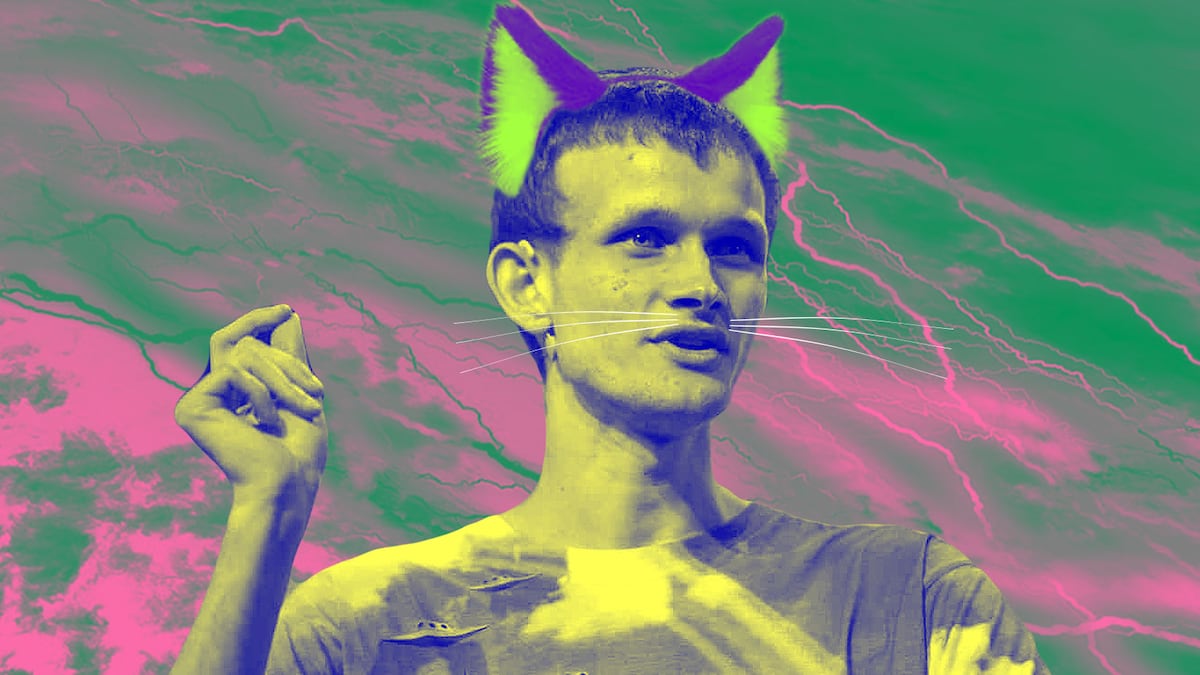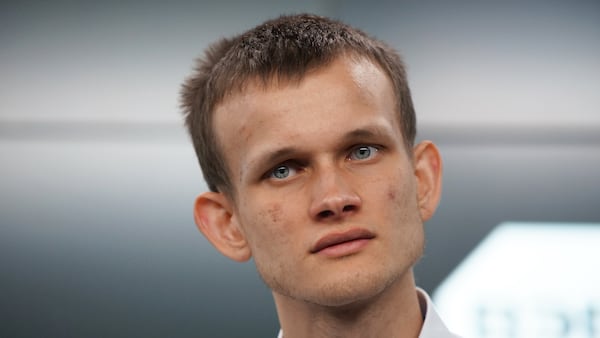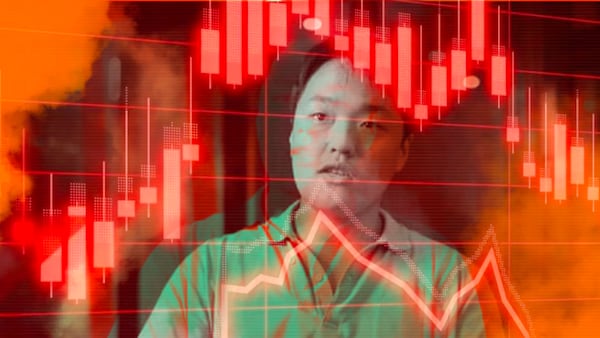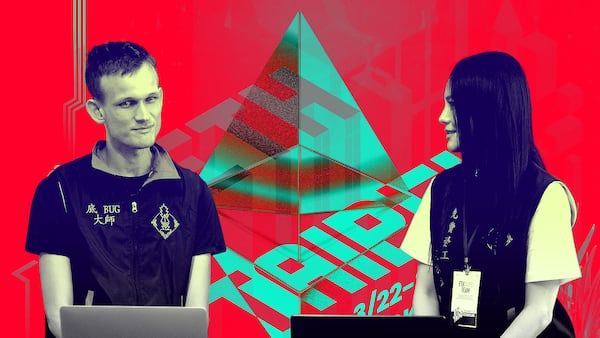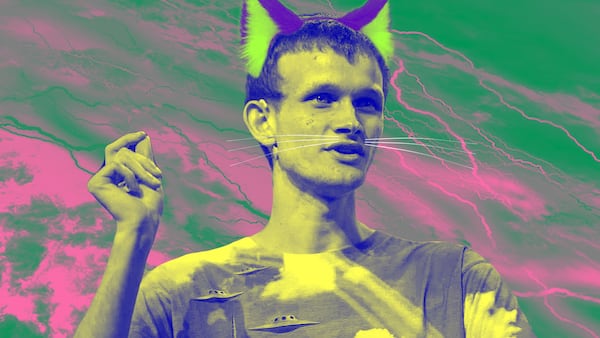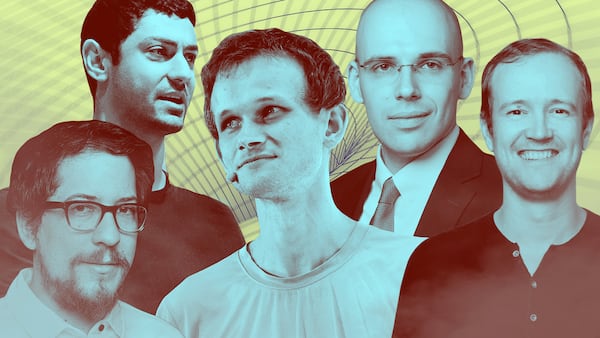- Despite having little to no purpose, some memecoins have valuations in the billions.
- Ethereum founder Vitalik Buterin suggested tying them to charity or finding other ways to tap taders' desire for fun and profit.
Every day, crypto traders swap billions of dollars of memecoins — defiantly useless tokens with tickers that often point to internet memes like Pepe the Frog.
Ethereum co-founder Vitalik Buterin thinks there’s a better way.
Memecoin creators should set aside a large chunk of tokens for charitable causes — or, better yet, create crypto-based video games designed to help low-income players, he said on his blog Friday.
“I have zero enthusiasm for coins named after totalitarian political movements, scams, rugpulls or anything that feels exciting in month N but leaves everyone upset in month N+1,” he wrote, referencing a rash of offensive memecoins on the Solana blockchain.
“At the same time, I value people’s desire to have fun, and I would rather the crypto space somehow swim with this current rather than against it.”
Memecoin mania
Dogecoin is the original meme coin. It was made as a joke in 2015, poking fun at the speculative frenzy that often overtook the crypto economy.
It was not meant to be digital cash or digital gold, a la bitcoin. It did not represent governance rights in a digital cooperative, like Arbitrum’s ARB. It had no built-in yield, no peg to some other stable asset.
But Dogecoin’s market capitalisation surged to more than $88 billion during the 2021 bull market. And paved the way for other similarly silly, useless tokens.
Last year, PEPE took Ethereum by storm. This year, Dogwifhat surged on Solana. Both now have market capitalizations above $3 billion.
Most have no intrinsic value, and their values are determined entirely by hype and an investors’ gain (or loss) by the timing of his or her exit.
Memecoins have accounted for roughly 5% of Ethereum transaction fees over the past month, according to data gathered by data analyst James Tolan.
And they have made up a similar percent of trade volume on Ethereum’s decentralised exchanges, according to SixDegree Lab.
On Thursday, meme coin trade volume topped $113 million on Ethereum.
Positive-sum tokens
“If people value having fun, and financialized games seem to at least sometimes provide that, then could there be a more positive-sum version of this whole concept?” Buterin said.
His first idea is rather straightforward: some percent of a newly-issued memecoin, or the transaction fees it generates, should be set aside for charity.
According to Buterin, the most successful example of this might be Dogelon Mars, an Elon Musk-themed token.
In 2021, he transferred $145 million worth of Dogelon to the Methuselah Foundation, a space travel and anti-aging nonprofit dedicated to “making 90 the new 50,” according to its website.
It was 43% of Dogelon’s circulating supply, spurring panic among other investors, who feared a fire sale that would destroy the token’s value. But the nonprofit promised to be a good steward of the token.
“We will take the same nurturing approach with our Dogelon Mars holdings because we understand that the cryptocurrency’s value depends on maintaining the public’s confidence and capturing its imagination, much like baseball cards or other collectibles,” David Gobel, the foundation’s co-founder and CEO said in a statement at the time.
“We want the $ELON to keep accruing value over the long term.”
Later that year, Dogelon holders voted to fund a Methuselah-led experiment.
“The community has donated funds to send prize-winning vascular tissue science to the International Space Station (ISS), where experiments can continue beyond Earth’s gravity,” the nonprofit said on its blog.
“The ability to grow human organs will be important for crews who will eventually be involved in deep-space travel.”
While the token’s value has cratered since the heady days of 2021, Vitalik believes the foundation has made good on its promise.
“The two Methuselah Foundation and the Dogelon Mars community seemed to develop a positive-sum relationship with each other, retroactively converting $ELON into a charity coin,” Buterin said.
Other charity-related coins have been less successful.
GiveWell Inu — named after a Shiba Inu, like most dog-themed memecoins — donated its proceeds to GiveWell, Buterin noted. But it’s borderline defunct, with only one or two transfers a day, on average.
Videogames
Buterin is more optimistic about the impact of crypto-based video games.
While some have criticised the so-called play-to-earn model employed by crypto-based games such as Axie Infinity, Buterin hopes to see “Robin Hood games” — new crypto-based games designed to benefit low-income players.
“If the goal is to satisfy people’s desire to have fun, we should be making not simple copy-paste coins but rather more complicated and interesting games,” he wrote.
Moreover, “games that leave lower-income players in particular economically better off are more likely to leave their communities better than they came in.”
Aleks Gilbert is DL News’ New York-based DeFi correspondent. You can reach him at aleks@dlnews.com.


